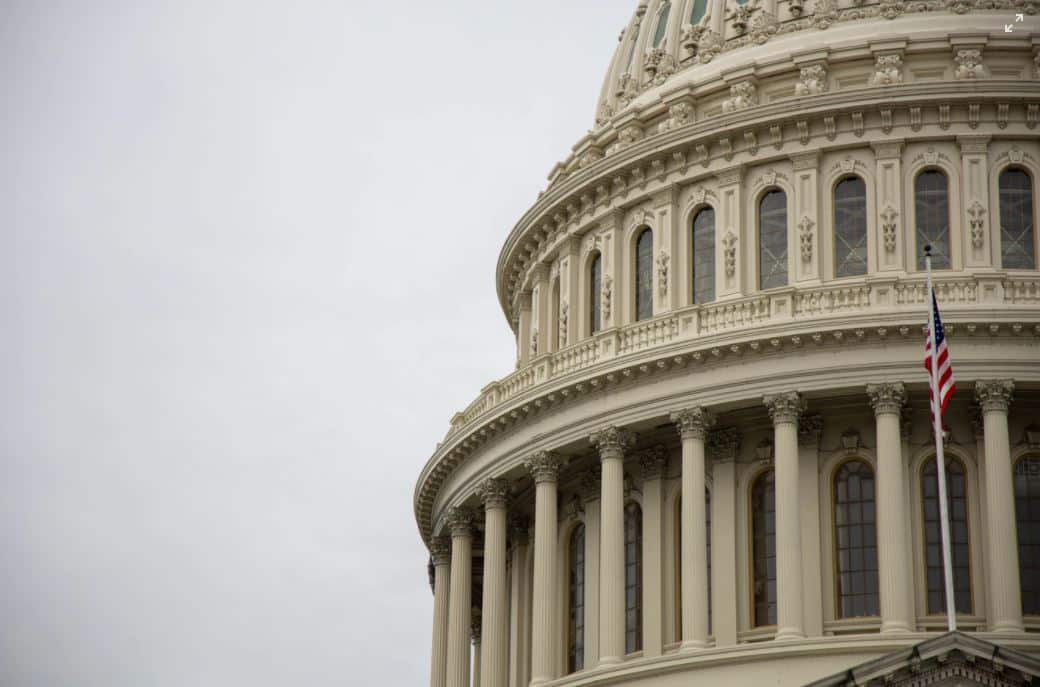How the SECURE Act Affects Your Retirement
The SECURE Act increases the business tax credit for plan startup costs to make setting up retirement plans more affordable for small businesses. The tax credit will increase from the current cap of $500 to up to $5,000 in certain circumstances…
President Donald Trump signed into law the Setting Every Community Up for Retirement Enhancement (SECURE) Act, in December of 2019. It changes a number of important retirement plan rules. The act runs over 120 pages, so the experts will be poring over it for some time. Meanwhile, a number of sources have weighed in on what they think are the key provisions.
The Society for Human Resource Management listed several changes as particularly noteworthy. Among the provisions to encourage employers to become plan sponsors, the SECURE Act will:
- Increase the business tax credit for plan startup costs to make setting up retirement plans more affordable for small businesses. The tax credit will increase from the current cap of $500 to up to $5,000 in certain circumstances.
- Encourage small-business owners to adopt automatic enrollment by providing a further $500 tax credit for three years for plans that add auto-enrollment of new hires.
- Simplify rules and notice requirements related to qualified non-elective contributions in safe harbor 401(k) plans.
- Extend the period of time for companies to adopt new plans beyond the end of the year to the due date for filing the company tax return, giving employers additional time to cover their employees with a profit-sharing contribution.
- Offer a consolidated Form 5500 for certain defined-contribution plans with a common plan administrator to reduce administrative costs, but also increase penalties for failure to file retirement plan returns such as Forms 5500, required notifications of changes and required withholding notices.
- Unrelated small employers to organize themselves for an “open” 401(k) multiple-employer plan (MEP). This would presumably reduce the costs and administrative work each company would otherwise bear alone.
- Delay of the 401(k) required distribution from the current age of 70 1/2 to 72. Critics have pointed out that only the well-off are really affected by this, people who can put substantial assets into a 401(k) and don’t need money from the fund immediately.
- Automatic enrollment of safe-harbor 401(k) plans to increase the cap on automatically raising payroll contributions.
- A 401(k) safe harbor for in-plan annuities. This provision has also faced criticism, as many industry experts do not believe annuities are a good value in these situations.
Kiplinger also put together a list of major changes, noting that the act:
- Makes it easier for part-time workers to join their employer’s 401(k) plan.
- Allows a parent to take out up to $5,000 penalty-free from a 401(k) plan for costs connected to a birth or adoption. Kiplinger noted that this may encourage younger workers to start funding retirement plans earlier, as parenthood is on the horizon much sooner than retirement.
- Eliminates the “stretch” provision. Until now, nonspouse IRA beneficiaries could stretch the required distribution of the IRAs over their own lifetimes. Going forward, with a few exceptions, beneficiaries will have to take full disbursement by the end of 10 years. This could mean a lot more of the inheritance going to the government.
Other Significant Changes
Appropriation legislation also made some key changes as the year ended: The government has repealed the controversial Cadillac tax on high-end health plans. This repeal is part of a year-end spending bill. There are also a list of extenders that at least temporarily change some tax provisions. These include:
- The exclusion from gross income for discharge of debt income from qualified principal residence debt.
- The medical expense deduction is now subject to a 7.5% AGI threshold instead of 10%.
- The nonbusiness energy property credit was extended from tax year 2018 through 2020.
- The work opportunity credit was extended from tax year 2018 through 2020.
- The employer tax credit for paid family and medical leave was extended through tax year 2020.
All these changes will be phased in at different times. There are also exceptions and other subtleties. Whether you’re concerned about your own family’s issues or plans that your company runs, it’s best to keep in close touch with financial professionals to make sure you make a smooth transition to the new rules.
Copyright © 2020







Reply a Comment